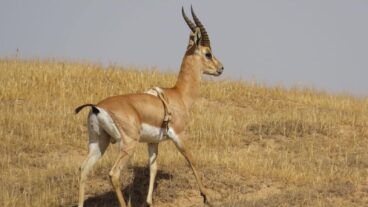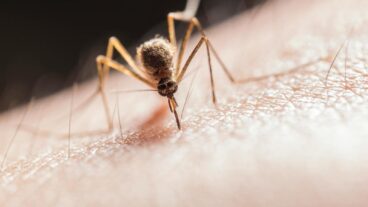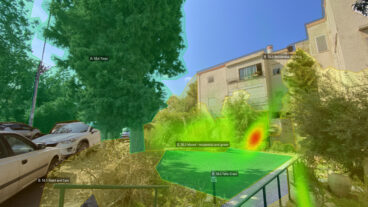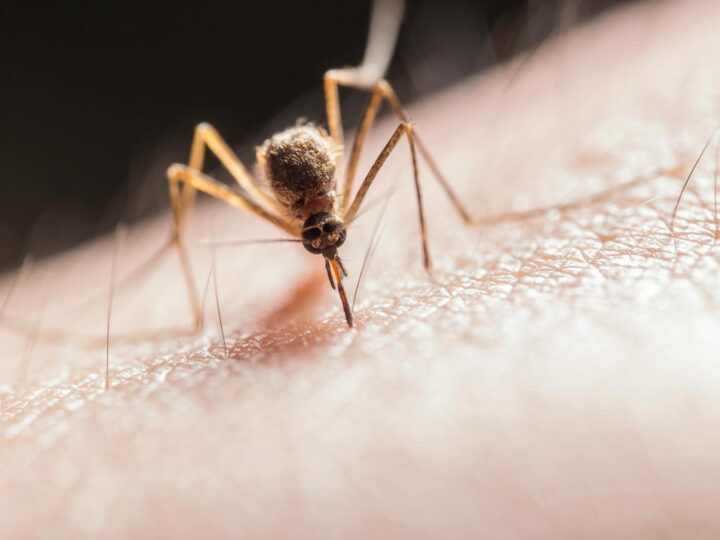“Animals do speak. We train AI to listen.”
That’s the motto of the Tech4Animals lab led by Associate Prof. Anna Zamansky at the University of Haifa’s Department of Information Systems.
“This lab is my dream come true,” she tells ISRAEL21c.
“I am a computer scientist and I love animals. I started this lab 10 years ago when there was no such field as technology and AI for animals.”
While there are labs using artificial intelligence on animal models to inform a better understanding of humans, she adds, “we are really unique because we develop AI for animal welfare. We actually care about making a better world for animals.”
The lab’s top priority is developing AI-powered analysis of video, sensor and audio data to determine animals’ emotional states.
“In animals, there’s no good way to measure that. You cannot ask them how they feel, or ask them to act happy or sad, which is how big datasets for human emotions are created,” says Zamansky.
“What does it mean for a cow to be in a positive emotional state aside from not being hungry or in pain? We’re trying to design an experiment where AI will learn how a happy cow looks and sounds.”
Cat Reader
The lab’s most advanced project is Cat Reader, a mobile app for detecting cat pain.
The first version of the app is for veterinarians and another will be developed for cat owners. Two papers on this research were published in Nature Scientific Reports and two more are under review.
Because cats have evolved to hide their pain, Zamansky explains, they are consistently undermedicated in veterinary practice.
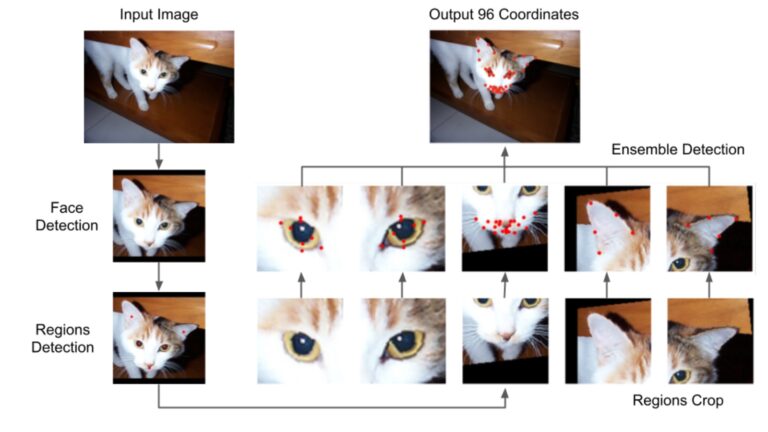
“Now we are also working to recognize emotions of dogs using facial analysis. Dogs are very complicated because there are so many different breeds and body types, and the muscle morphology varies greatly,” she says.
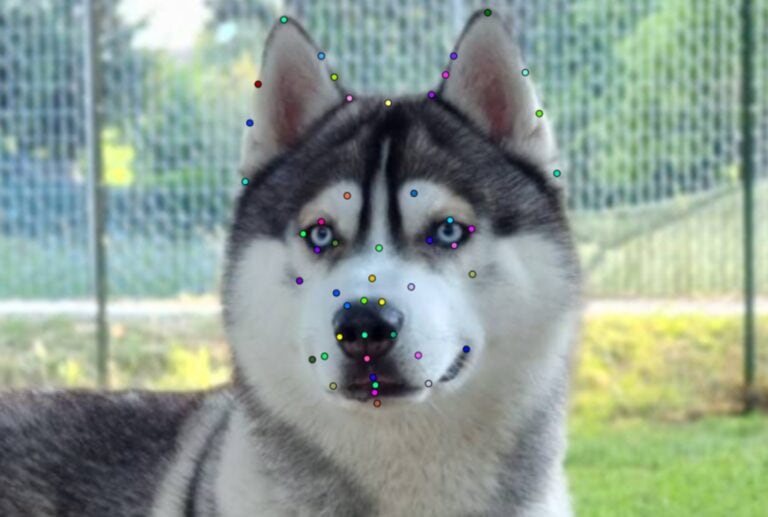
“What we do is very much applied science; we want to see the things we develop being used by dog owners and cat owners, by veterinarians, farmers and zookeepers. But we also do basic science because what works for people doesn’t work for animals.”
The lab has a multidisciplinary team of about 20 people, including data scientists, graduate students, postdocs, external experts, vets and human-animal relationship anthropologists.
Paw partners
Because it’s difficult to get funding for animal-welfare research, and because of the dearth of data, Tech4Animals identifies organizations that do produce data on animals, and partners with them on specific projects using that data.
“Once we have a link to an organization that handles or studies animals, we decide on the roadmap we want to take,” says Zamansky.
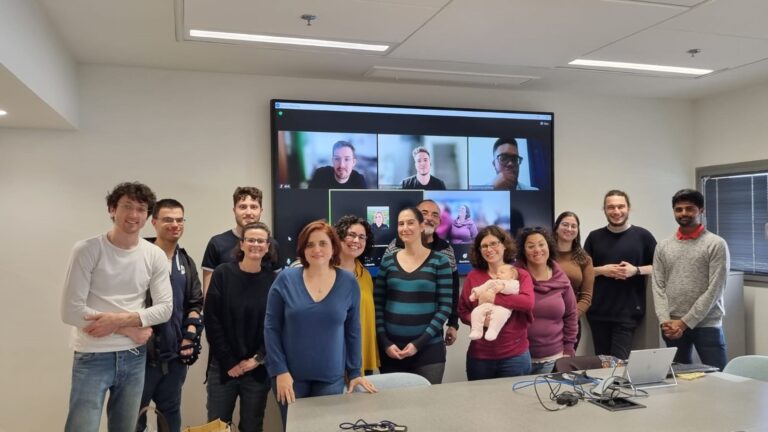
The cat and dog pain projects were made possible through a collaboration with one of the biggest veterinary hospitals in Europe, located in Germany. The cow emotions project is facilitated by a large Romanian research institute on bovine welfare.
Fitness test data gathered by the University of Veterinary Medicine in Hanover, Germany, is the basis of a Tech4Animals project that analyzes breath recordings to determine whether a pug or boxer has brachycephalic obstructive airway syndrome (BOAS), a condition that causes suffering and shortened lifespan in affected dogs.
Another project is harnessing data science and AI to better detect and characterize canine epilepsy with the goal of improving the management of this condition.
Animal welfare organizations also approach the lab to work together. A cat protection organization in the UK wants to evaluate the emotional welfare of shelter cats to determine which cats have the best chance to be adopted.
“We have to develop new instruments for them because shelter cats are completely different than cats that live with owners,” says Zamansky.
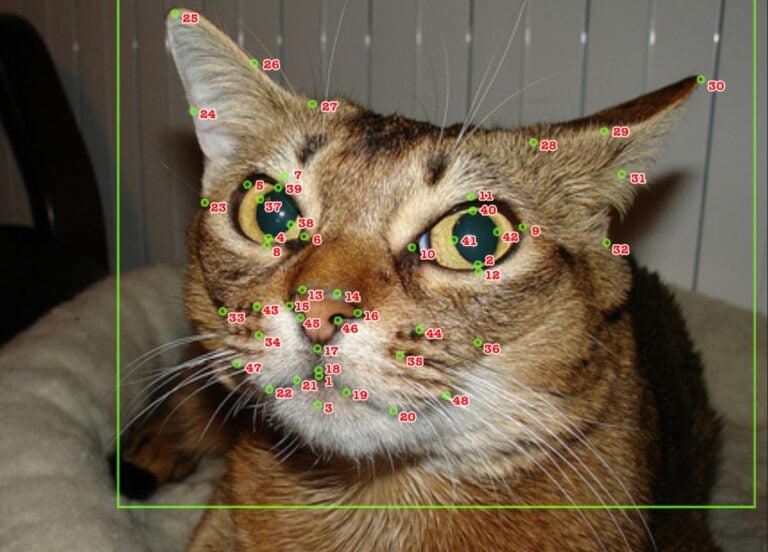
“We’ve also talked to a donkey shelter about developing pain recognition for donkeys – which, by the way, is very different than horses. We have done some work with horses but it turns out the facial expressions of donkeys are very different. Pain data in horses doesn’t help us, so we had to start from scratch to develop this model.”
Zoo animals and livestock
Four Paws, an international animal welfare organization, is collaborating on a project with Tech4Animals using Four Paws health data on captive animals.
“They want us to use AI to better understand the data and eventually to develop a mobile app for zookeepers that will tell them when is the best time to do a health check on a tiger, for instance,” says Zamansky.
“This is a procedure that involves putting the tiger to sleep for a few hours, so it’s expensive. This is the first time we’ve worked with tigers and lions. There is a lot of data and we have a vet digitalizing this information so that we can run AI on it.”
An NGO in the UK plans to help the lab in its quest to change legislation on the treatment of farmed animals –from fish and chickens to large livestock.
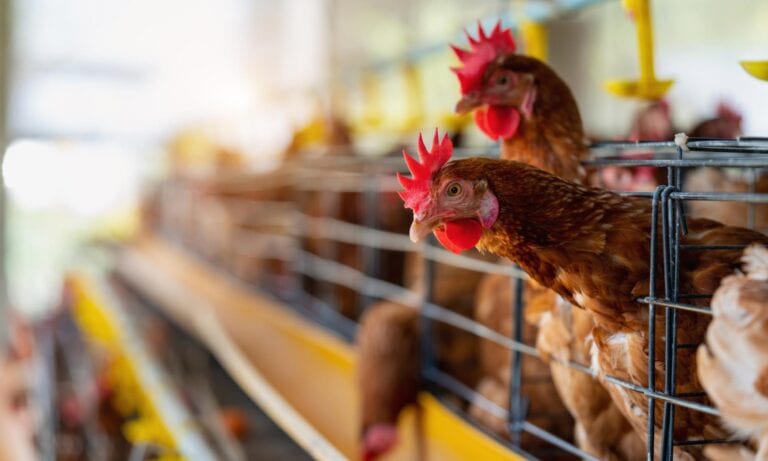
There are many issues of concern. Just one is that in the United States alone, 94 million pigs undergo castration without anesthesia each year.
“By developing AI models that see emotions, we can confirm objectively that farm animals feel sadness and distress, and this could have a great impact on animal welfare legislation in the world. Today’s animal welfare law only came into existence in the 1960s when a scientist made people see that these animals suffer. Maybe we need another round of activism for recognizing the poor state of farm animals,” says Zamansky.
She offers farmed octopi as an example of creatures that could benefit from this project.
“There is no legislation protecting their welfare, and they are amazingly intelligent animals. A few years ago, it was shown they feel pain and I’m sure they feel other emotions. If AI can play a role in protecting them, it can also convince people to treat these animals differently. This is another direction for our work to make a difference.”
Realistic goals
The welfare of animals in Israel is a concern during the current war. Many pets were killed by Hamas terrorists on October 7 and others were left ownerless by the murders, kidnappings, evacuations and reserve callups.
In addition, lots of cows and chickens on Gaza border kibbutzim were killed or died of neglect in the days immediately after the attacks.
“We would love to do a project related to animal distress during this war,” Zamansky tells ISRAEL21c.
“We did try to help organizations that were helping people find their lost dogs. We created an AI system where someone could show a picture of their dog and we’d try to compare it to a dataset of lost dogs.”
Zamansky describes herself as “almost vegan” but says she does not agree with the sometimes extreme tactics of vegan advocacy organizations.
“We are not extremists. We are realistic and want to make animals’ lives better, not by shocking or fighting but by making scientific discoveries that lead to improved animal welfare. It’s a long and frustrating road, especially for farmed animals, and I believe AI can do a lot in that field.”







